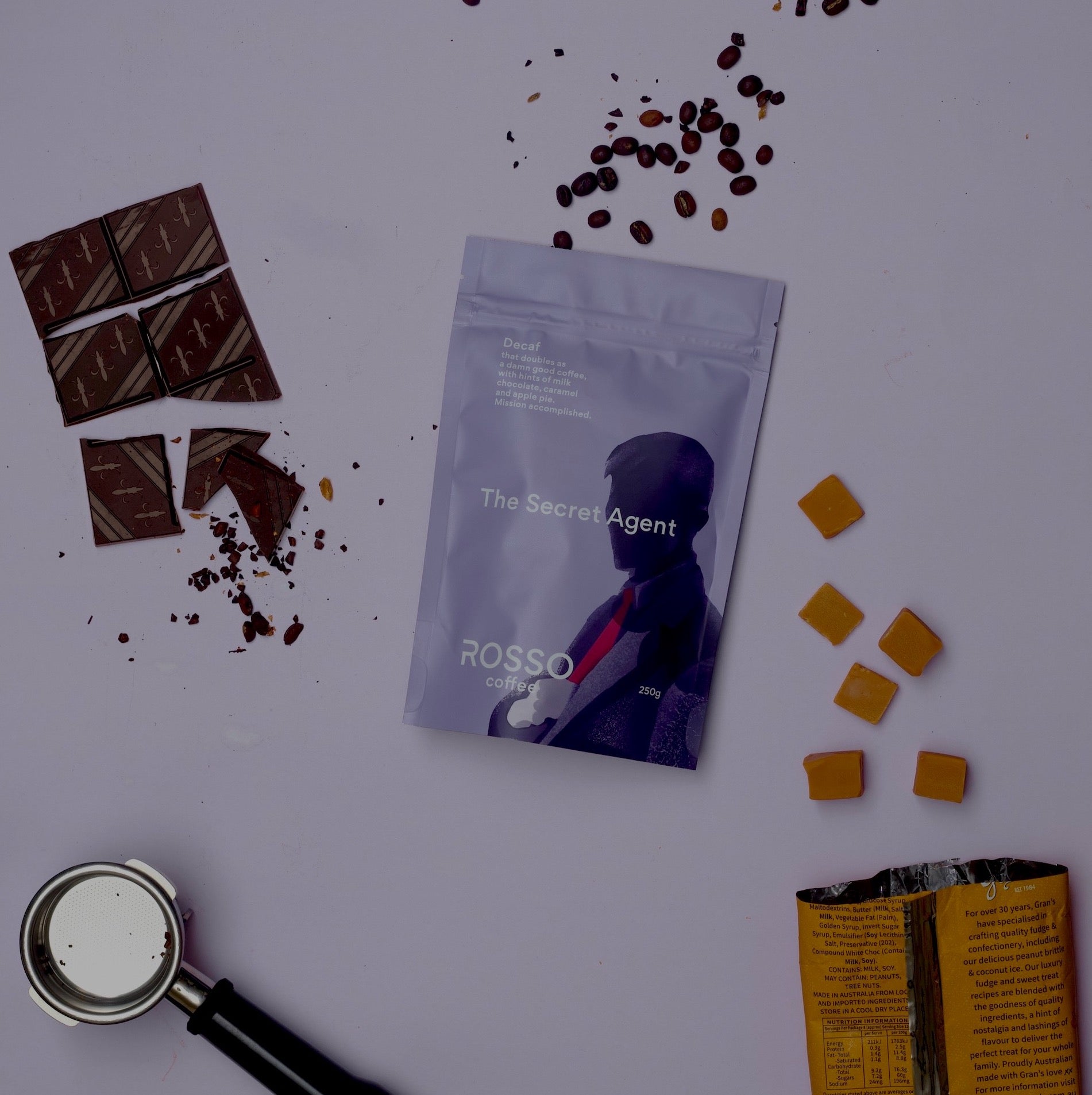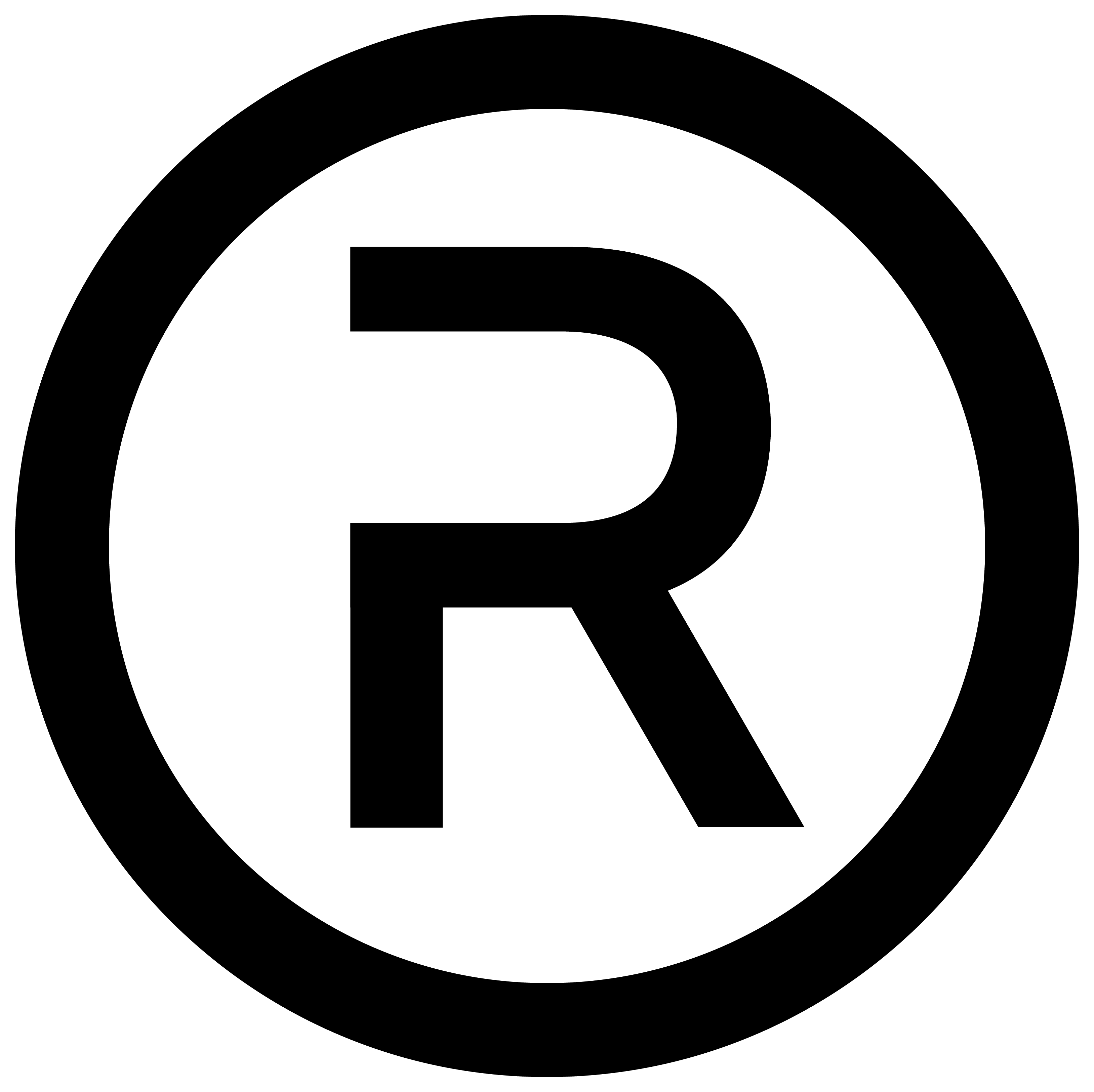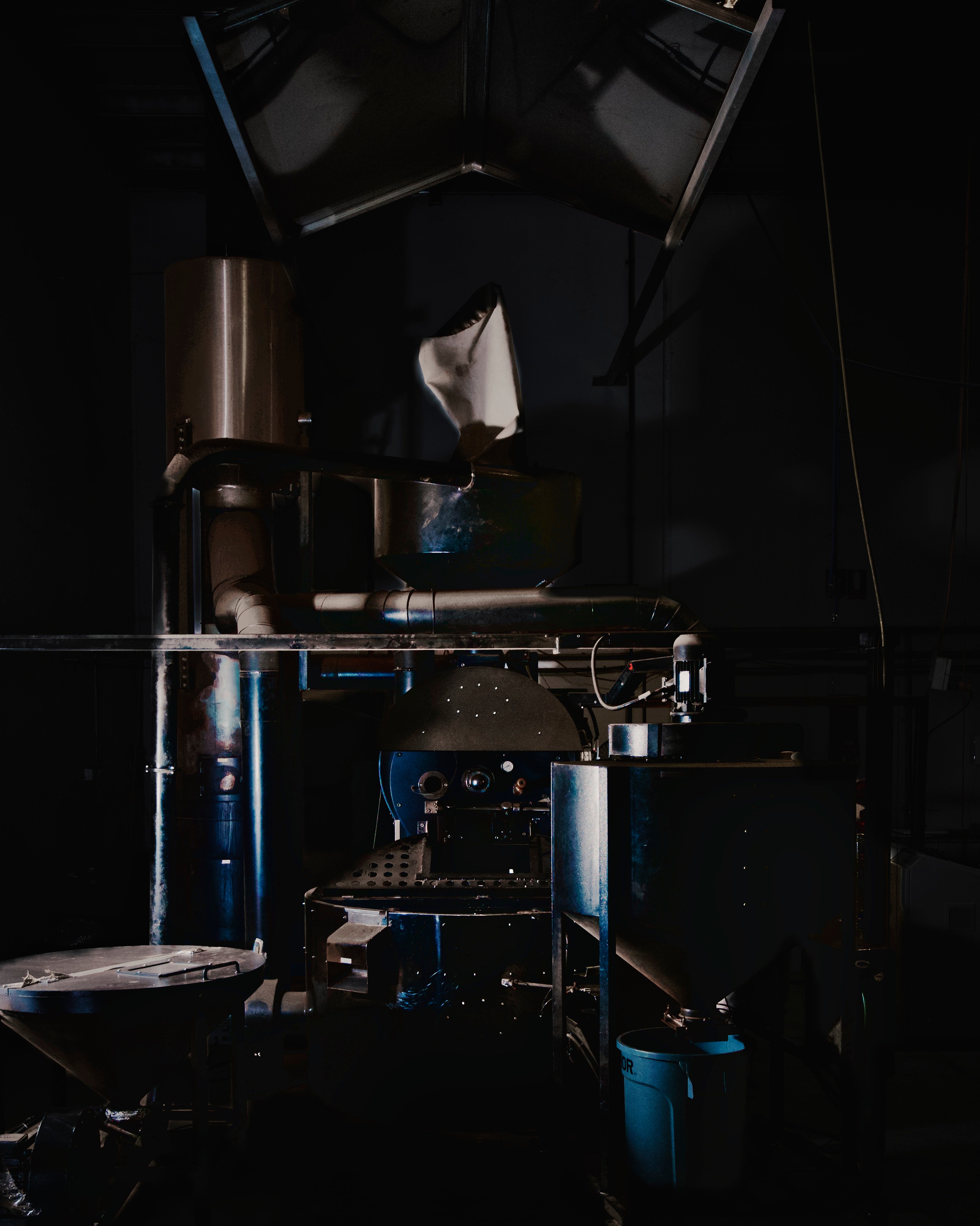
Decaffeinated Coffee: How it All Works
Decaffeinated coffee is our best friend here at Rosso. We, as coffee fanatics, know there is no greater feeling than making your first coffee at home to start the day. But what about when you end the day? For us, decaffeinated coffee is the way we kick back and enjoy the evening, or even the morning if we don't want things to go at such a fast pace. We're strong believers in coffee being a drink to enjoy, not just a drink for the purpose of staying awake or focusing.
But, how does it all work? How do we just take out the caffeine from the beans? We're here to explain...
Firstly, there are a few methods of decaffeination. We're going to start with our favourite, which is the one we use in our very own Secret Agent Decaffeinated Coffee...it's the Swiss Water Decaffeination.
Swiss Water Decaffeination - Decaffeination Process
During the Swiss Water process, beans are soaked in a clean water before a lower caffeine green coffee extract is washed through the beans. Due to the difference in concentrations of caffeine inside the coffee beans we are processing, and the green coffee extract, caffeine flows from the coffee beans and out to the green coffee extract - due to the diffusion gradient. This process is repeated until the caffeine concentration remaining in the coffee beans is minimal. Next, the coffee beans are dried to remove the excess moisture - and that's it! No nasty additives or chemicals.
What we love about this process, is the green coffee extract is recycled! The caffeine in the green coffee extract is removed by a carbon filtration process, so it can be reused when it comes to decaffeinating the next batch of beans.
Carbon Dioxide - Decaffeination Process
This decaffeination process involves soaking the beans in water, before they are hit with liquid carbon dioxide in a large extractor. Because carbon dioxide is attracted to the caffeine molecules, the carbon dioxide draws out the caffeine from the beans. This caffeine can then be isolated, and removed from the carbon dioxide so that the carbon dioxide can be reused.
Solvent Extraction - Decaffeination Process
Another popular method of decaffeinating coffee beans is using liquids called solvents. Solvents are a classification of liquids that are capable of dissolving and effectively 'washing away' certain chemicals. There are two popular solvents often used in decaffeination: methylene chloride and ethyl acetate.
Whilst both are safe to use in coffee decaffeination, the use of chemicals such as these (which have other industrial uses) can be off-putting. Ethyl acetate is a more naturally derived chemical, coming from fruit in the form of acetic acid.
With both of these substances, the caffeine effectively binds to the solvent and washes away from the beans - removing the caffeine. Whilst this process is entirely safe, it can take some of the flavours from the beans so is less preferred by many coffee roasters.
Our Favourite - Swiss Water Decaffeination
From the methods above, you can see why we love Swiss Water Decaffeination. You can still taste the distinct chocolate and caramel flavours in the Secret Agent with the Guatemalan beans bringing the vibrant tasting notes, whilst being settled that you're having much less of the caffeine.



Leave a comment
This site is protected by hCaptcha and the hCaptcha Privacy Policy and Terms of Service apply.